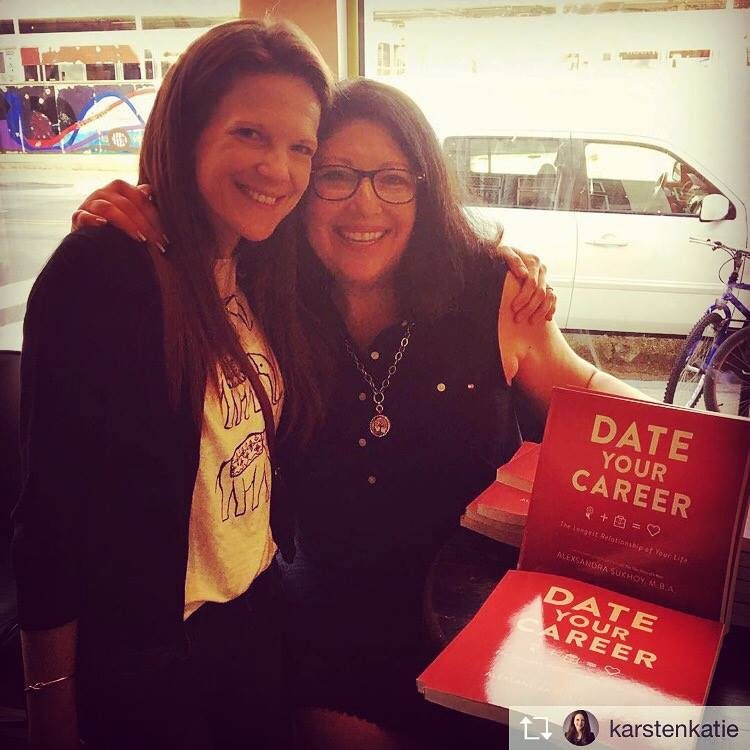- Begin Your Growth Plan Today!
- (216) 410-3825
- info@creativecadence.com
Career ToolBox #46: Resumes – Why Looks Matter
4 Ways to Make Your Accomplishments Shine
There’s an article going around right now regarding resume fonts. It really gives Times New Roman a hard time. And rightfully so. As markets never rest, neither does our path into those markets. This isn’t any different for resumes, which continue to evolve.
Recently, there’s been an emergence of more creative resumes, with big bold logos, candidates’ head shots and even public testimonials all on the document. LinkedIn and PowerPoint are driving this visual evolution.
At the same time, most organizations and their conservative HR departments are trained in looking at traditional resumes: typically a 2-page PDF file that showcases who you are, what you’ve accomplished, where you went to school and what you’ve taken on outside the office. And while the content is consistent from where it was ten or even twenty years ago — it’s just significantly shorter today — the way someone’s career history is presented has certainly changed.
Most of that is the direct result of cost-cutting measures at firms that have flattened their work force. Hiring managers have the time from their office printer to the HR conference room to scan a resume. Why? Because they are double-, triple- and even quadruple-booked in meetings and no longer have the support staff they did in the ’90s.
Your job is to make their job of knowing who you are as easy as possible.
White Space: Give the eyes and the mind an opportunity to process everything. Leave a nice 1″ margin on all four sides. And don’t shrink your font to do so!
Font: Yes, drop the Times New Roman or any serif font for that matter, and instead use a clean, modern alternative like Helvetica, everyone’s favorite. If you don’t have that on your computer, use Arial, which I personally consider the poor man’s Helvetica. It’s close, but not quite the same impact.
Categories: Resume categories should be very easy to spot for the reader. Give them their proper hierarchy. If you’re using 10-point Helvetica font throughout your resume, then your category headers should be 12 point, all-caps and in bold.
Header: Put all your contact info into the header so that it repeats on each cascading page. Include your LinkedIn url. Drop the words “email” and “cell.” At this stage, we can all recognize an email address and who doesn’t have a cell phone?
These steps, while simple, will help the key decision maker spot your gold quicker and also process it easier. Their minds are already cluttered, with budgets, profits and presentations. Make sure your resume isn’t.
Reprinted with permission and gratitude from CoolCleveland.com.






